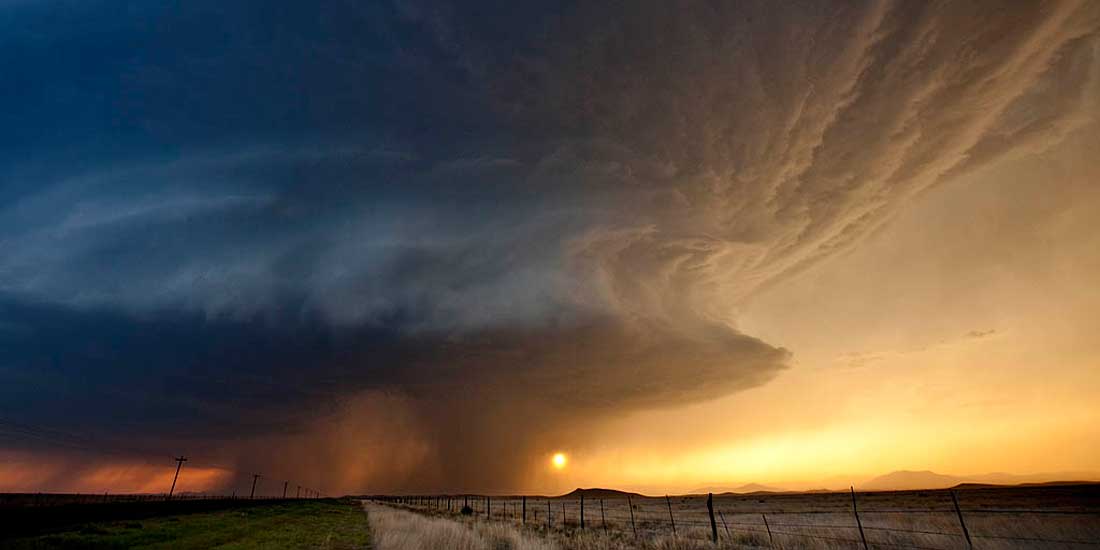
ALPINE, GAGE HOTEL & THE MUSEUM
A One-Day to the East from Marfa
Stop 1: Sul Ross State University
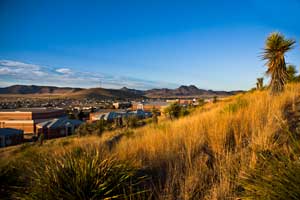
To find the Museum of the Big Bend, stop at this cultural and educational center of the Big Bend region. Known for rodeo champions, small class sizes, and excellent fine art and science offerings, the university earned broadcaster Dan Rather’s appreciation when he described Sul Ross as “possibly the most underrated little university west of the Mississippi.”

Lawrence Sullivan “Sul” Ross, who served as a Texas Ranger, Civil War general, governor of Texas, and president of what is now Texas A&M University, founded Sul Ross University in 1917 as a teacher’s college. Today’s programs include business, criminal justice, earth sciences, and agricultural and natural resource sciences.
Stop 2: The Museum of the Big Bend
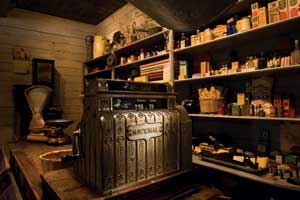
“We created this museum to be a one-stop location to gain an understanding of the surrounding ecosystem and history,” curator Matt Walter explains. Located inside the university, this small, world-class museum is a great place to absorb Texas’ distinctive natural and human history and learn about the confluence of cultures in the Big Bend. A visitor describes the museum experience: “I expected small dusty displays that were outdated and simple, but was completely flabbergasted to find this place housed in a beautiful new building with interactive displays. “ Free, well planned, and not overwhelming, the museum and exhibits engage even the youngest visitors. Displays rotate regularly, and upon making an appointment, you can view their incredible map collection. The Museum of the Big Bend
Stop 3: Marathon
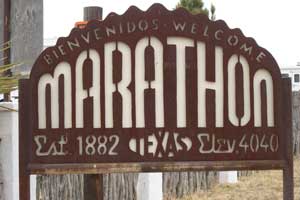
The Southern Pacific Railroad turned Marathon into a shipping and supply point for area ranchers. Marathon was the principal shipping point for most Brewster County ranchers and Boquillas mining operations. The small town experienced some occasional population peaks, including the period when Marathon became the center of the guayule rubber industry in 1907. The Border Rubber Company employed 250 people at its peak before the local supply of the guayule plant diminished and rubber operations ended in 1926. Industrial endeavors have waxed and waned, but today Marathon remains a ranching hub, as well as a gateway to Big Bend National Park.
Stop 4: The Gage Hotel
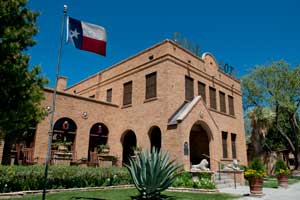
Once you know about the restaurant at the Gage Hotel in Marathon, your mouth will start watering as you approach. This award-winning dining spot uses food grown in their own garden and locally sourced meats. The 12 Gage Restaurant and White Buffalo Bar are located in the historic hotel.
The hotel was built by Alfred Gage, who saw possibilities in the rugged, mountainous terrain. He amassed a ranching empire of more than 500,000 acres and built the Gage Hotel as headquarters for his operation. He commissioned famed El Paso architect Henry Trost to design and build the property. An excellent example of Mission and Spanish-style design, the hotel officially opened for business in April of 1927.
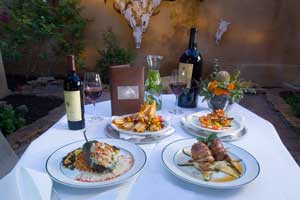
The hotel’s impressive gardens are not to be missed. The 27-acre Gage Gardens include orchards, ponds, native plants to attract migrating birds and butterflies, along with vegetables and herbs that are used in the restaurant. The Gage Hotel
WEATHER
Just because it doesn’t rain a lot doesn’t mean it won’t storm. The supercell shown in the photograph above occurred on an early May afternoon off the Davis Mountains in southwest Texas. The photographer, who “wasn’t expecting much at all,” explains that the high-based storm “first formed and became severe along the north and eastern parts of the mountains, with one cell becoming a beastly storm.” The squall moved southeast toward Marathon, where it pelted the area with hail. Always be aware of the potential for flash floods during and after heavy storm events.
Relative humidity is generally low in this part of Texas. Spring and fall are usually warm and pleasant. May and June are the hottest months. The rainy season extends from mid-June to October with locally heavy thunderstorms. Flash floods often follow storms, however the water recedes rapidly and the rainy season can be a delightful time to visit the desert. Winters are generally mild, although periods of cold weather (including light snow) are possible. Visitors should always be prepared for a variety of conditions.


